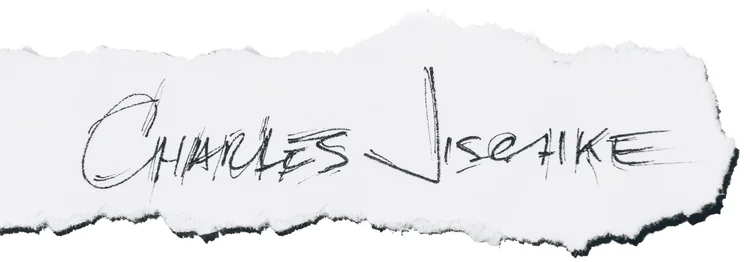Frequently Asked Questions
Where/how can I learn to take concert/better photos?
To me, most creative endeavors are like muscles... the more you work on them, the better they/you get. If you take lots of time in between projects, you won't build your proficiency as quickly. And, being able to work quickly is the name of the game when you may only get 3 songs at the beginning of a show to get your shots in. Also, I feel the best way to learn is to get your hands dirty. Go out and try things. Fail, then figure out why you failed, and grow. Find out what works, and expand on it... and become FAST at doing it. So, head to local clubs, befriend bands and start shooting! On a local level, most bands would LOVE for you to take photos of them, and may even get you in to the shows for free. Free music and photography isn't a bad place to start. So, don't be bashful, and get out there!
If you're looking for a great step-by-step guide to getting the shots, check out Alan Hess' book "All Access: Your Backstage Pass to Concert Photography." It's a really great resource and will definitely get you pointed in the right direction. Plus, Alan is not only a great writer and photographer, but an awesome guy. I even got to write a small piece for the book that talks about some of my approach to shooting concerts.
Another great resource for learning lots of varying approaches to photography is Scott Kelby's KelbyTraining.com. They have loads of videos with some really excellent photographers showing their techniques at many different types of photography, at different skill levels, for a relatively low monthly fee. It's the best resource I've seen on the web for learning how to become a better photographer.
What kind of camera are you using?
Before I tell you exactly what I use, let me say this: The specifics of the gear don’t matter as much as the eye or imagination of the photographer. Now, there are certain pieces of equipment that can help achieve certain looks that others can’t... and certain types of lenses that are best for a given situation. But, the limitation is truly in the mind’s eye of the photographer, and not always the thing in your hand that goes ‘click.’ It’s been said before, “it isn’t the arrow, it’s the indian.” Very true.
Now, what I use... I shoot Nikon DSLR camera bodies, currently the D3s and D800. The D3s delivers amazing high-ISO performance (which is excellent for concert or low-light photography). The D800's files look amazing (and they are HUGE), and it is an excellent camera body for portrait work.
Some have asked me if getting a DSLR is necessary to get good images... the real answer is, no, unless you want to get good images consistently. The ability to shoot RAW images, focus quickly, snap shots instantly, change lenses, control every aspect of your exposure manually (scary, I know), etc., etc., is incredibly important when it comes to capturing killer images... and aren’t usually part of a typical point-and-shoot camera. So, a DSLR is a must.
What lenses do you use?
There are a number of Nikon lenses that I use in conjunction with the above mentioned bodies:
16-35mm f4, 24-70mm f2.8, 70-200mm f2.8, 16mm f2.8 fisheye, 50mm f1.4, 85mm f1.8, 300mm f2.8, 1.7x Tele-extender, Lensbaby Composer Pro w/ Sweet 35 & Edge 80 Optics
Each of these lenses has specific instances in which they shine, though I feel there’s no “right” lens necessarily (why limit your creativity to pre-conceived norms?). The thing I would point out is this: for low-light, concert or event photography, it is very, very useful to have lenses with the largest aperture possible (a low f-stop number, that is). What this does is allow more light to hit the camera’s sensor, thus reducing the length of time that the shutter has to stay open in order to expose the image properly... in other words, it allows you to have a higher shutter speed, and stop motion more easily. Less blurry photos... often a cool thing (but not always). ;)
What kind of lights and modifiers do you use for your portrait work?
I shoot a good deal of my portrait work with Nikon’s speedlights: Specifically, the SB-900. Coupled with an SU-800 wireless commander, these flashes are light in the camera bag, they work very flexibly and, more importantly, they work FAST. Often, you only have a few minutes to make someone’s portrait, and these speedlights help get it done.
The lighting modifiers I use can be quite varied, depending on what type of look we're going for. Softboxes are great for creating soft light that is controllable (unlike the spill that can come from umbrellas)... and I love adding a grid to the softbox to control the beam of light even more, while maintaining the size and quality of a softboxes' light. When trying to create portraits quickly, using a small-to-medium softbox is a great way to go. There are a bunch of companies making nice 24" softboxes that work with speedlights.
What software do you use to process your images?
I use Adobe Lightroom to do 97% of the processing on my images (occasionally, but not all that often, I will bring a shot into Photoshop to do some minor tweaking, or the occasional composite). Lightroom is a RAW file editor/cataloging software that does a great job of streamlining the process of getting your pictures looking their best.
